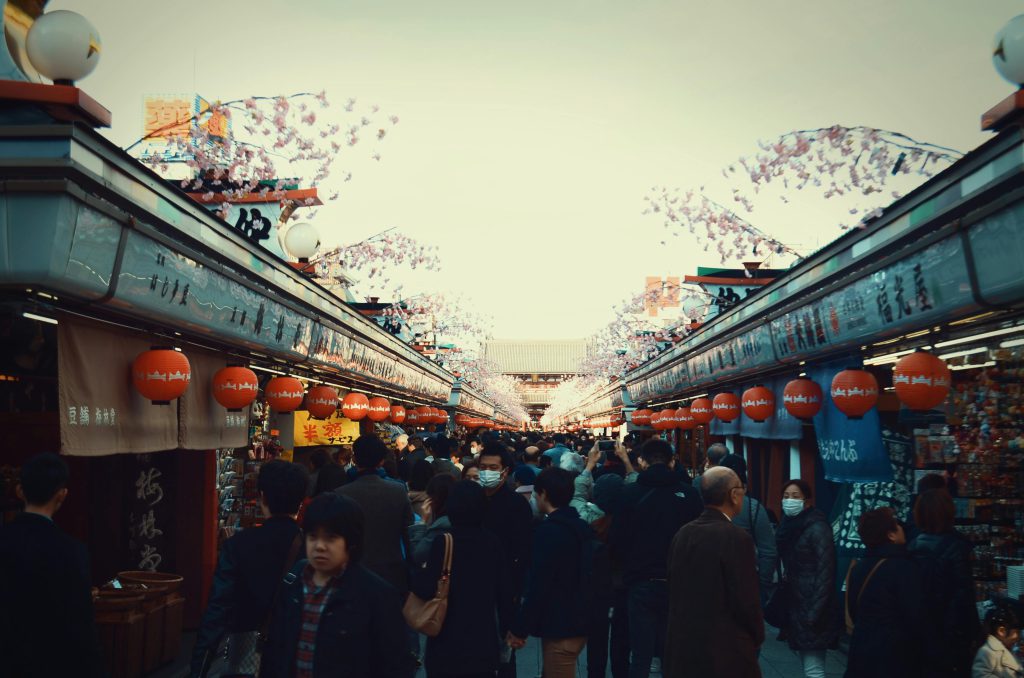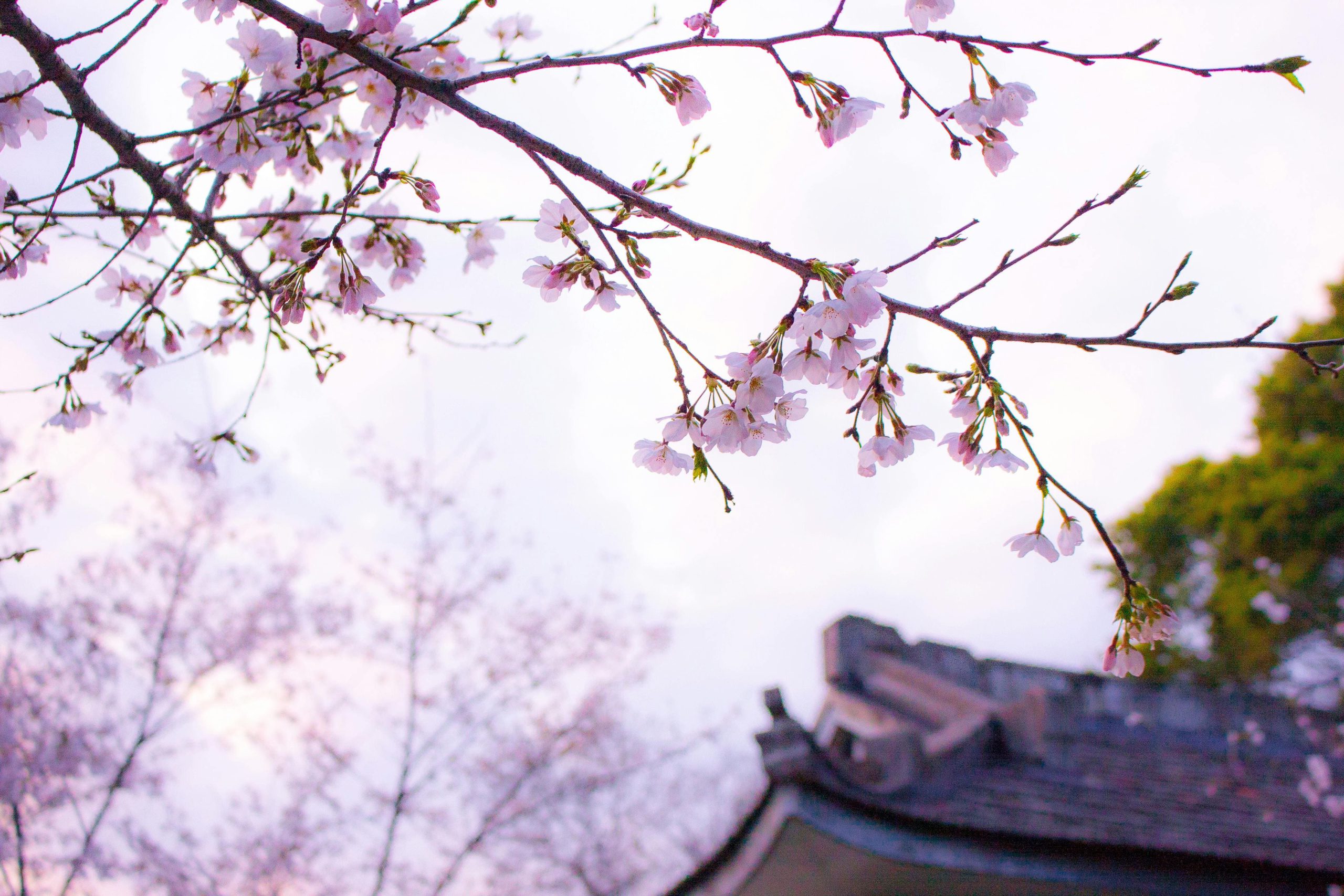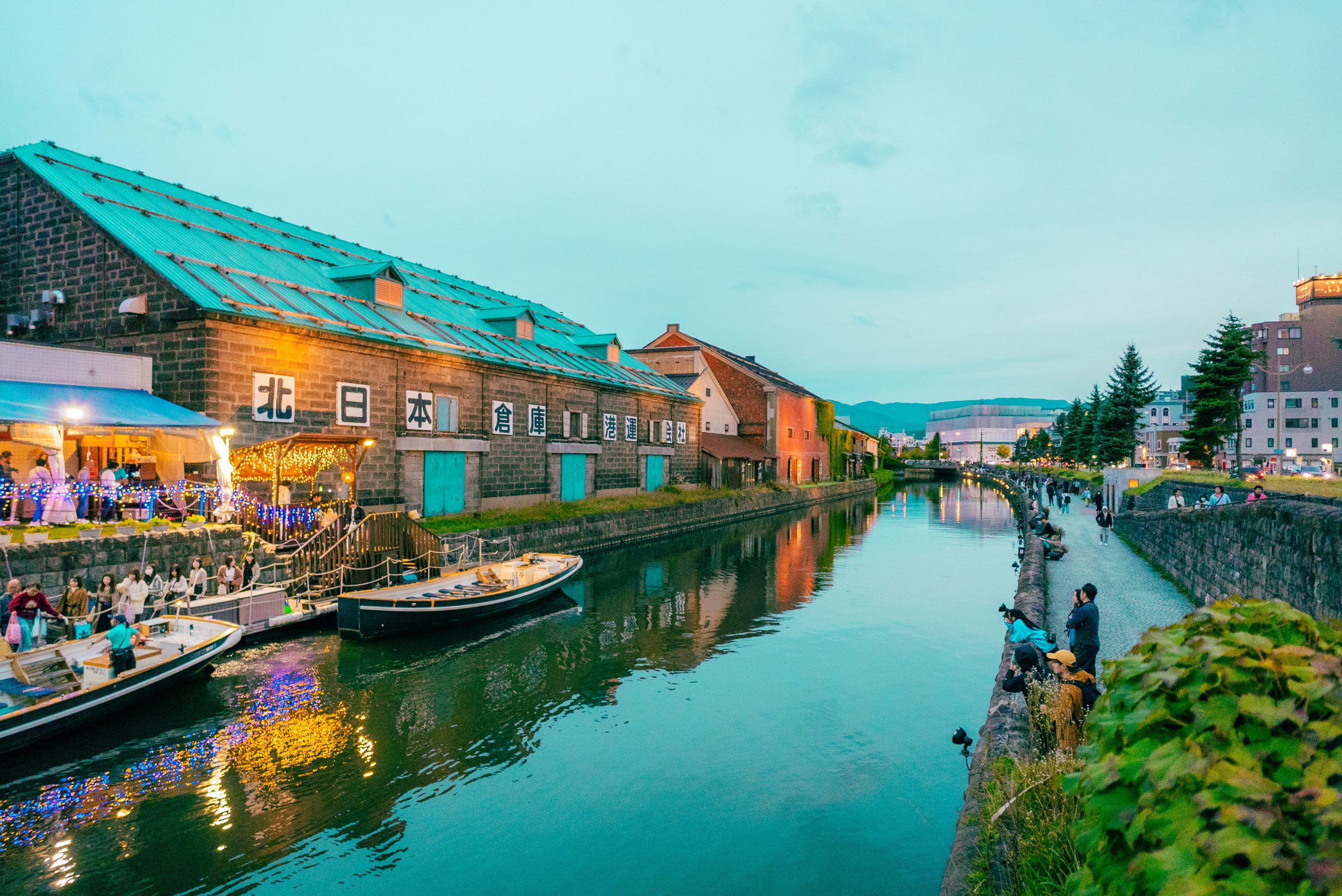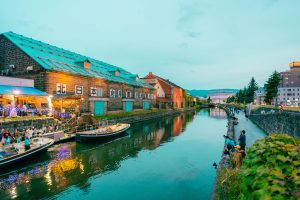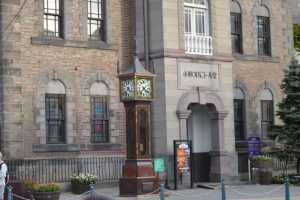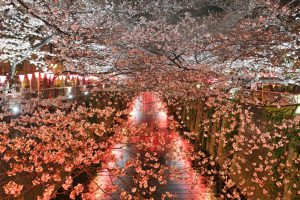Asakusa (浅草) is one of Tokyo’s most iconic districts, known for its rich cultural heritage, traditional shopping streets, and, of course, its unforgettable street food. A visit to Asakusa isn’t complete without trying the culinary delights that have been loved for generations. From sweet to savory, hot to cold, Asakusa offers a perfect introduction to classic Japanese flavors.
Whether you’re admiring the grandeur of Senso-ji Temple or exploring the bustling Nakamise Street, make sure to stop and taste your way through these must-try local foods. This SEO-optimized guide to Asakusa’s most famous dishes will help you plan the ultimate foodie adventure.
1. Ningyo-yaki (人形焼き) – Doll-Shaped Cakes
What is it? Small sponge cakes filled with sweet red bean paste, often molded into shapes like pagodas, lanterns, or traditional figures.
Where to Try: Nakamise Shopping Street
Why Try It: Baked fresh before your eyes, warm and fluffy with a lightly crisp surface. These treats also make for cute, edible souvenirs.
2. Kaminari-okoshi (雷おこし) – Puffed Rice Snack
What is it? A crunchy snack made from puffed rice, sugar, and peanuts, named after Kaminarimon (Thunder Gate).
Where to Try: Kaminari-okoshi Honpo near Kaminarimon Gate
Why Try It: This nostalgic treat is light, sweet, and perfect for gifting.
3. Monjayaki (もんじゃ焼き) – Tokyo-Style Savory Pancake
What is it? A savory, runny batter mixed with chopped ingredients like cabbage, squid, cheese, or mochi, then cooked on a griddle and eaten directly with a spatula.
Where to Try: Tsukushi or Asakusa Monja near Asakusa Station
Why Try It: Unique to Tokyo, monjayaki is a fun, interactive food experience. Cook it yourself or watch it prepared in front of you. Its crispy edges and gooey center are irresistible.
4. Tempura at Daikokuya
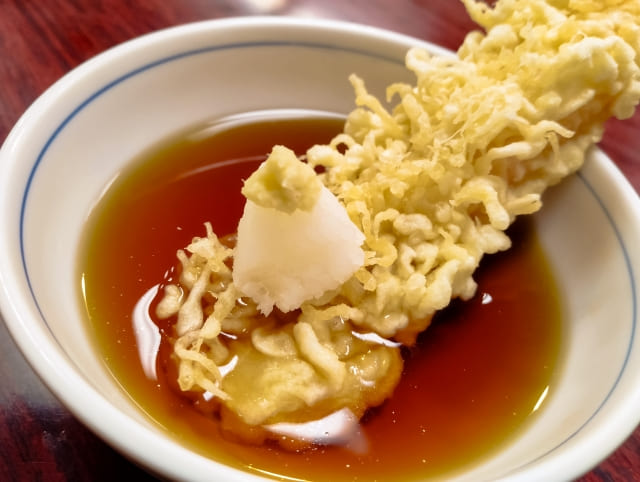
What is it? Lightly battered and deep-fried seafood and vegetables served as a meal or over rice (tendon).
Where to Try: Daikokuya, just steps from Senso-ji Temple
Why Try It: One of Tokyo’s oldest and most respected tempura restaurants, known for its rich, flavorful sauce and crispy, non-greasy texture.
5. Handmade Soba (そば) – Buckwheat Noodles
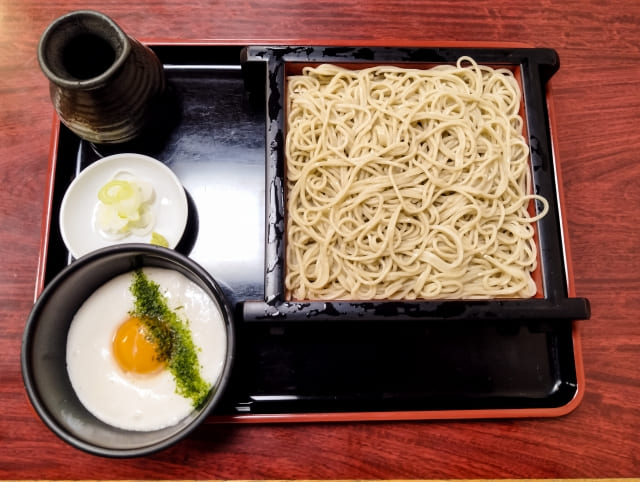
What is it? Traditional Japanese noodles made from buckwheat, served hot or cold.
Where to Try: Namiki Yabusoba
Why Try It: Established in 1913, this historic soba shop offers handmade noodles with a robust, nutty flavor. Great year-round, especially refreshing in summer.
6. Taiyaki (鯛焼き) – Fish-Shaped Pastries
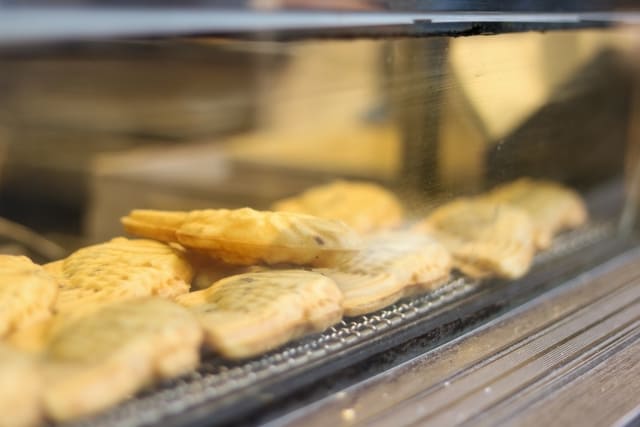
What is it? Crispy fish-shaped cakes filled with red bean, custard, chocolate, or sweet potato.
Where to Try: Street stalls on Nakamise and Shin-Nakamise
Why Try It: A classic snack with crispy edges and a soft, sweet center. Kids and adults alike love the variety of fillings.
7. Agemanju (揚げまんじゅう) – Deep-Fried Sweet Buns
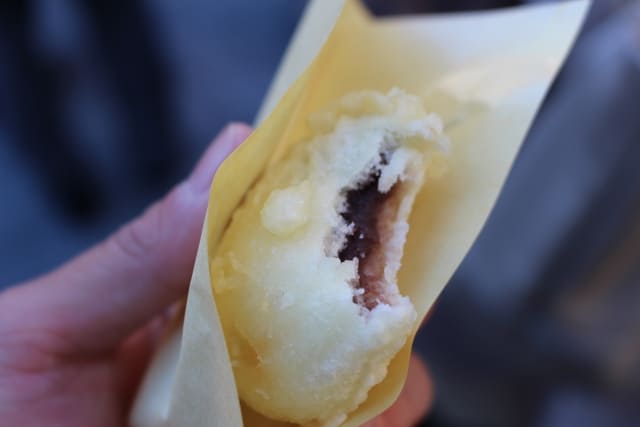
What is it? Sweet bean-filled buns coated in batter and deep-fried until golden brown.
Where to Try: Asakusa Kokonoe
Why Try It: Crispy on the outside, soft and warm on the inside. A popular Asakusa snack loved by locals and tourists alike.
8. Wagashi (和菓子) – Traditional Japanese Sweets
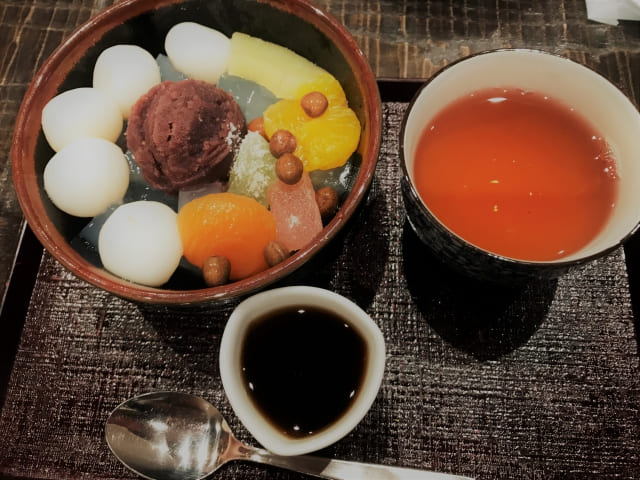
What is it? Seasonal Japanese confections made from rice flour, sweet beans, and natural flavorings.
Where to Try: Kameju – especially known for its dorayaki (sweet pancakes).
Why Try It: Artistic and flavorful, wagashi captures the spirit of each Japanese season in bite-sized beauty.
9. Matcha Soft Serve Ice Cream
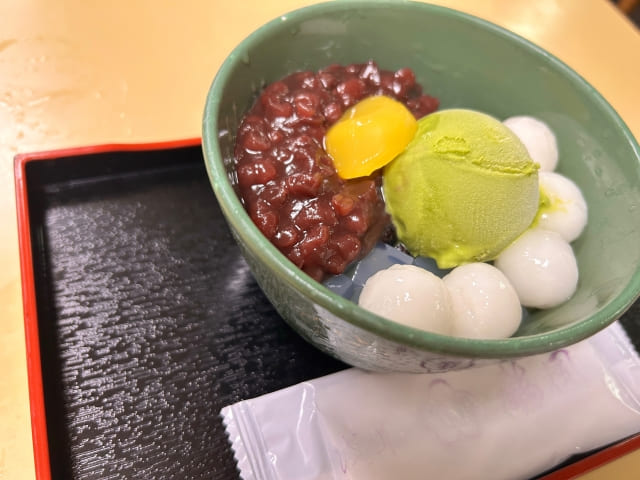
What is it? Creamy green tea-flavored soft serve ice cream.
Where to Try: Suzukien – famous for offering seven levels of matcha intensity.
Why Try It: Rich, slightly bitter, and perfect for cooling off after walking around Asakusa.
10. Senbei (せんべい) – Japanese Rice Crackers
What is it? Crispy, savory rice crackers flavored with soy sauce or wrapped in seaweed.
Where to Try: Nakamise Street and surrounding shops
Why Try It: The ultimate traditional Japanese snack — crunchy, salty, and addictive. Great to bring home!
Bonus: Festival Foods in Asakusa
During major festivals like Sanja Matsuri or the Hozuki Market, Nakamise and the temple grounds fill with food stalls selling:
- Takoyaki (octopus balls)
- Yakisoba (fried noodles)
- Kakigori (shaved ice)
- Baby castella (mini sponge cakes)
Tip: Come with small change and an empty stomach — sampling is part of the fun!
Quick Table: What to Eat in Asakusa
| Food | Description | Must-Try Spot |
|---|---|---|
| Ningyo-yaki | Sweet doll-shaped cakes | Nakamise Street |
| Kaminari-okoshi | Crispy puffed rice snack | Kaminarimon area |
| Menchi Katsu | Juicy fried meat cutlet | Asakusa Menchi |
| Tempura | Lightly fried seafood/veggies | Daikokuya |
| Soba | Buckwheat noodles | Namiki Yabusoba |
| Taiyaki | Fish-shaped pastry | Street vendors |
| Unagi | Grilled eel | Miyagawa Honten |
| Wagashi | Traditional sweets | Kameju |
| Matcha Ice Cream | Green tea soft serve | Suzukien |
| Curry Rice | Hearty Japanese curry | Curry Daitoryo |
| Sweet Potato Treats | Traditional snacks | Funawa |
| Senbei | Savory rice crackers | Nakamise shops |
FAQ
Is Asakusa food expensive?
Most street food and casual meals are affordable (under 1,000 yen), but luxury items like unagi can be pricier.
Can I find vegetarian options?
Yes! Look for vegetable soba, matcha sweets, and sweet potato dishes. Confirm with vendors when needed.
How busy does Asakusa get?
Very busy, especially on weekends and holidays. Visit early in the morning for a quieter experience.
Many shops around Senso-ji offer English menus, especially popular restaurants.
Conclusion
Asakusa is not just a sightseeing destination; it’s a foodie paradise rich with traditional flavors and history. Whether you’re munching on crispy senbei, savoring juicy menchi katsu, or cooling off with matcha ice cream, every bite in Asakusa tells a story.
So grab your chopsticks (or your fingers for street snacks) and dive into the unforgettable tastes of Tokyo’s most historic district!












